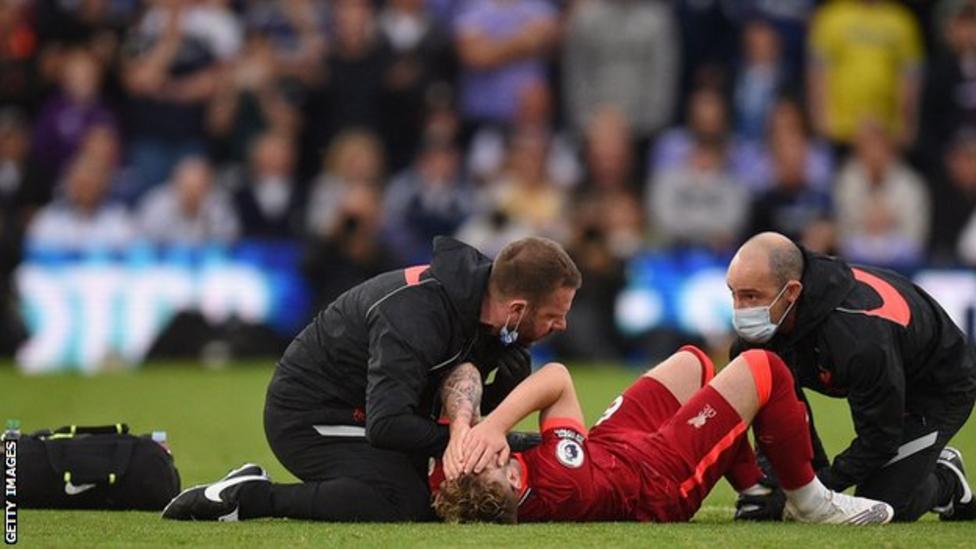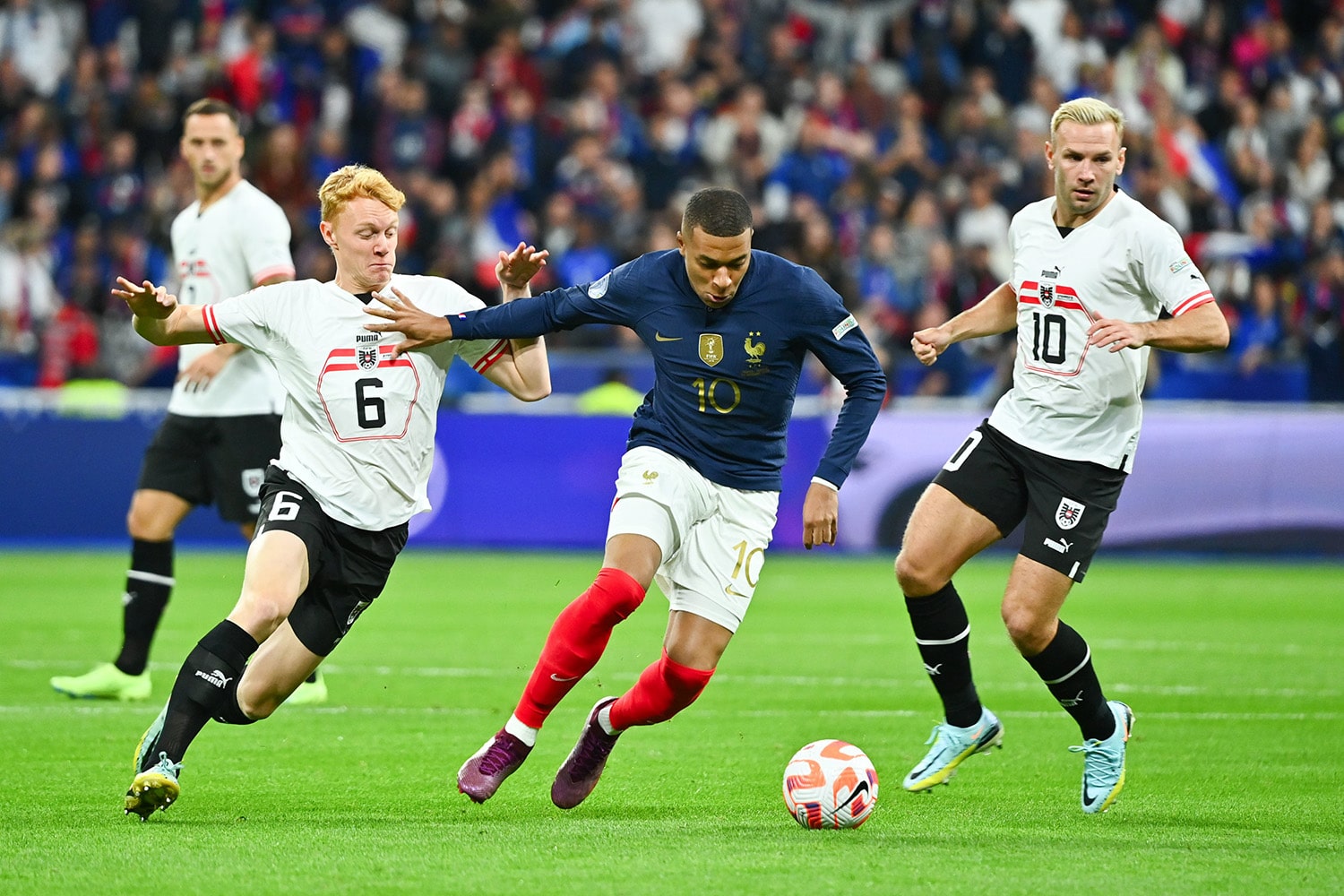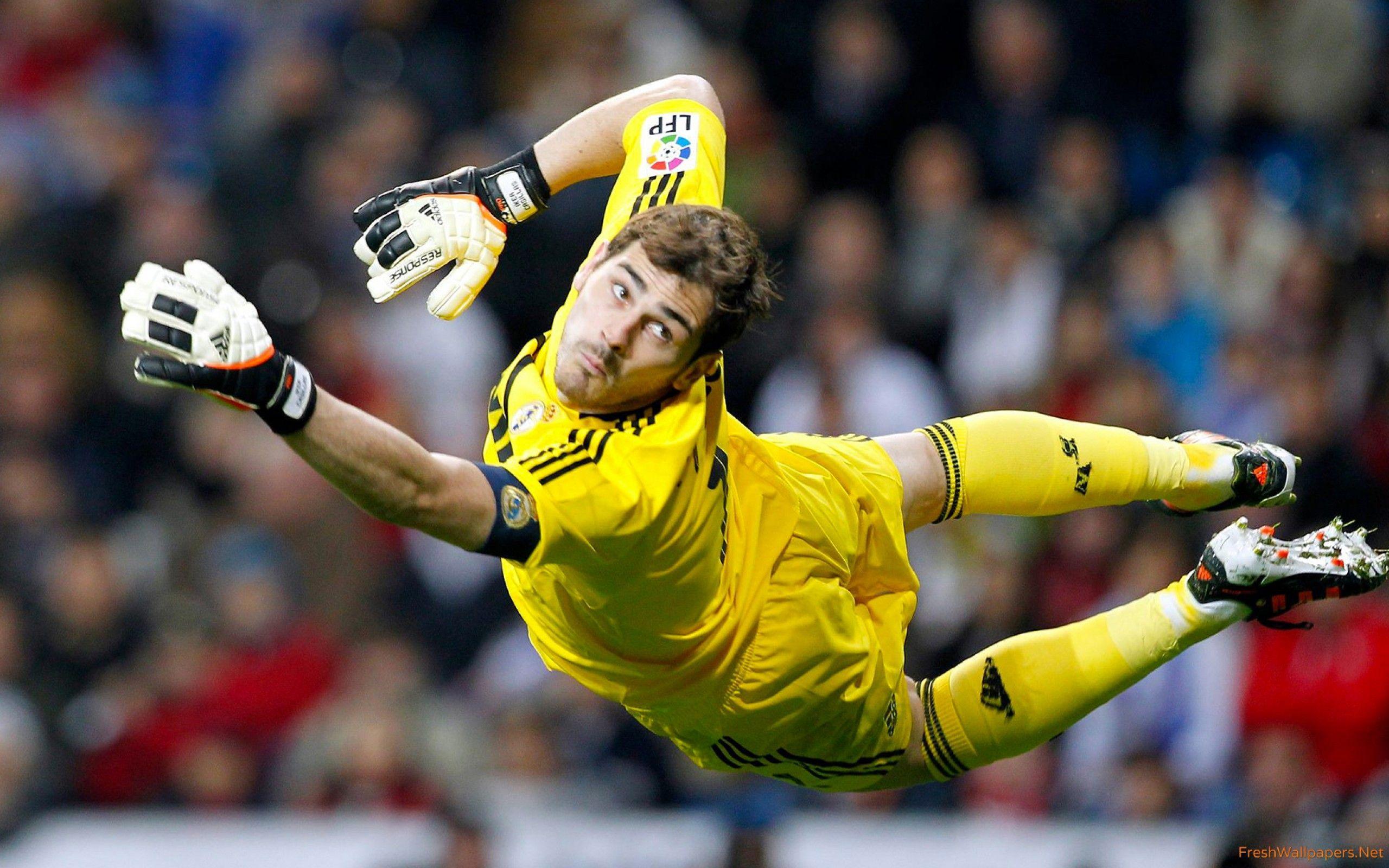
The Unseen Battle: Navigating the Latest Injury Crisis in the English Premier League
The English Premier League, a theatre of dreams and a crucible of elite football, captivates billions with its relentless pace, tactical ingenuity, and breathtaking moments of individual brilliance. Yet, beneath the glamour and the global fanfare lies a darker, more persistent narrative: the constant, often devastating, battle against injuries. In a league defined by its physical demands and unforgiving schedule, player welfare is perpetually tested, and the latest wave of injuries serves as a stark reminder of the immense toll exacted on the human body in pursuit of sporting glory.
This season, like many before it, has been punctuated by a cruel string of setbacks for players across the league, impacting everything from title races and top-four aspirations to relegation battles and individual career trajectories. Far from being isolated incidents, these injuries represent a systemic challenge, a confluence of factors ranging from fixture congestion and the sheer intensity of play to the inherent risks of a contact sport.
The Pervasive Nature of Physical Breakdown
Injuries are an omnipresent threat in professional football, but the Premier League’s unique ecosystem amplifies this risk. The relentless schedule, encompassing domestic league fixtures, two domestic cup competitions (FA Cup and Carabao Cup), and often demanding European campaigns (Champions League, Europa League, Conference League), leaves little room for recovery. Players are pushed to their physical limits, often playing multiple high-intensity matches within a week. This fatigue, both physical and mental, is a primary precursor to non-contact injuries, such as muscle strains and ligament tears.
We’ve seen a disturbing prevalence of hamstring issues, groin strains, and knee ligament damage – injuries that typically sideline players for weeks or even months. ACL (anterior cruciate ligament) ruptures, once considered rare, seem to be occurring with alarming frequency, often ending a player’s season entirely and demanding a grueling 6-9 month rehabilitation period. Concussions, though increasingly monitored and managed, remain a significant concern, highlighting the impact of head collisions in a contact sport. Ankle sprains, fractures, and more acute impact injuries from tackles also contribute to the growing casualty list.
The sheer volume of matches, coupled with the Premier League’s characteristic high pressing, explosive sprints, and aggressive duels, creates a perfect storm for physical breakdown. Players are bigger, faster, and stronger than ever, but the human body has its limits.
The Ripple Effect: How Injuries Reshape the League
The impact of injuries extends far beyond the individual player. For clubs, a significant injury list can derail an entire season, forcing managers into unenviable tactical compromises and financial dilemmas.
-
Tactical Disruption: Losing a key player – be it a prolific striker, a commanding centre-back, a creative midfielder, or a dynamic full-back – forces managers to rethink their entire strategy. Squad players are thrust into starting roles, sometimes out of position, leading to a dip in collective performance. The fluidity of attacking movements might be hampered, defensive solidity might be compromised, or the crucial link between midfield and attack could be severed. A team built around a specific player’s attributes suddenly loses its focal point, requiring a rapid and often imperfect adaptation.
-
Squad Depth and Financial Strain: Clubs with greater financial muscle can mitigate the impact of injuries through squad depth, but even the wealthiest teams feel the pinch. Emergency transfers in January often come at inflated prices, and acquiring a player mid-season who can seamlessly integrate and perform immediately is a rare feat. Furthermore, paying high wages to injured players who are unable to contribute on the pitch represents a significant financial drain, especially for clubs operating on tighter budgets. The cost of medical staff, rehabilitation facilities, and advanced sports science equipment also adds up, though these are seen as essential investments.
-
Performance and League Standings: The direct correlation between injuries and league performance is undeniable. A team battling for the title might see their challenge crumble due to the absence of a star player during a crucial run-in. Conversely, a club fighting relegation could find themselves further entrenched in the drop zone if their most influential players are sidelined. The psychological impact on the remaining squad members is also considerable; seeing teammates fall to injury can create an underlying sense of anxiety and pressure.
-
Managerial Pressure: Managers are often judged solely on results, regardless of the circumstances. Navigating an injury crisis while maintaining performance levels adds immense pressure. They must balance player welfare with the desperate need for points, often leading to difficult decisions regarding player rotation and early returns from injury.
The Player’s Perspective: A Grueling Battle Within
While the impact on clubs is tangible, the personal toll on the players is often overlooked. An injury is not merely a physical ailment; it is a profound mental and emotional challenge.
-
Physical Pain and Rehabilitation: The initial pain of an injury is just the beginning. The subsequent rehabilitation process is long, arduous, and often isolating. Hours are spent in the gym, on the physio table, and undergoing repetitive exercises, far removed from the camaraderie and excitement of team training and match days. This requires immense discipline, patience, and mental fortitude.
-
Mental and Emotional Toll: Players are wired to compete. Being sidelined means missing out on the very essence of their profession. There’s the frustration of not being able to help their team, the fear of re-injury, and the anxiety about losing their place in the squad or their sharpness upon return. Depression and mental health struggles are increasingly recognized as significant challenges for injured athletes, compounded by the intense public scrutiny and pressure to recover quickly. The emotional rollercoaster of setbacks during rehab can be crushing.
-
Career Longevity and Future: For some, a severe injury can be career-altering or even career-ending. The dream of reaching the pinnacle of the sport can be shattered in an instant. Even for those who return, regaining peak form and confidence can take months, sometimes even years. The psychological scars can linger long after the physical ones have healed.
The Role of Modern Sports Science and Medicine
In response to the escalating injury crisis, Premier League clubs have invested heavily in cutting-edge sports science, medical technology, and rehabilitation protocols.
-
Prevention is Key: Data analytics plays a crucial role in injury prevention. GPS trackers, heart rate monitors, and advanced algorithms are used to monitor player load, fatigue levels, and movement patterns. This data helps medical and coaching staff make informed decisions about training intensity, rest periods, and rotation, aiming to identify and mitigate risks before they manifest as injuries. Personalized training regimes, strength and conditioning programs tailored to individual needs, and meticulous nutrition plans are also vital components of modern injury prevention.
-
Advanced Diagnosis and Treatment: From state-of-the-art MRI and CT scanners to pioneering surgical techniques, the medical advancements available to Premier League players are unparalleled. Specialists in orthopaedics, sports medicine, and physiotherapy work in multidisciplinary teams to provide rapid diagnosis and optimal treatment plans.
-
Holistic Rehabilitation: Rehabilitation is no longer just about getting a player back on the pitch. It’s a holistic process that integrates physical recovery with psychological support. Hydrotherapy, cryotherapy, hyperbaric chambers, and advanced manual therapy are common tools. The "return-to-play" protocol is meticulously managed, with gradual reintroduction to training, controlled game minutes, and constant monitoring to ensure the player is genuinely ready for the demands of competitive football.
The Fan’s Perspective and Fantasy Football Impact
For the ardent fan, injury news can be as impactful as transfer rumours. The hope of a strong season for their beloved club can be dashed by the sight of a star player clutching their hamstring. Social media lights up with anxious queries, speculative return dates, and frustrated outbursts. For those immersed in the world of Fantasy Premier League, injury updates are critical; a single injury to a high-scoring player can ruin a gameweek, forcing frantic transfers and tactical reshuffles. The emotional investment from fans often mirrors the rollercoaster experienced by the players and clubs themselves.
Looking Ahead: Mitigating the Risk
The ongoing debate about fixture congestion, particularly around the festive period and at the end of long seasons, highlights a systemic issue that extends beyond individual clubs. International football, with its own busy calendar, further complicates matters. Calls for greater player welfare, including mandatory rest periods and more sensible scheduling, are growing louder from player unions and medical professionals.
While injuries are an inherent part of the sport’s physicality, the Premier League, and indeed football’s governing bodies, must continue to explore ways to mitigate the risk without compromising the integrity and excitement of the game. This includes continued investment in sports science, refinement of rules to protect players (e.g., concussion protocols, VAR reviews for dangerous play), and a collective commitment to prioritizing the long-term health and careers of the athletes who make the beautiful game so compelling.
Conclusion
The latest injury crisis in the English Premier League serves as a powerful reminder of the relentless demands placed upon the modern footballer. From the physical pain and mental anguish endured by the players to the tactical headaches and financial strains faced by the clubs, injuries are far more than mere statistics. They are pivotal moments that shape narratives, alter destinies, and underscore the profound human cost of competing at the highest level. As the league continues its electrifying journey, the unseen battle against physical breakdown remains one of its most challenging and enduring narratives, a testament to the resilience of the players and the ever-evolving science of keeping them on the pitch.



